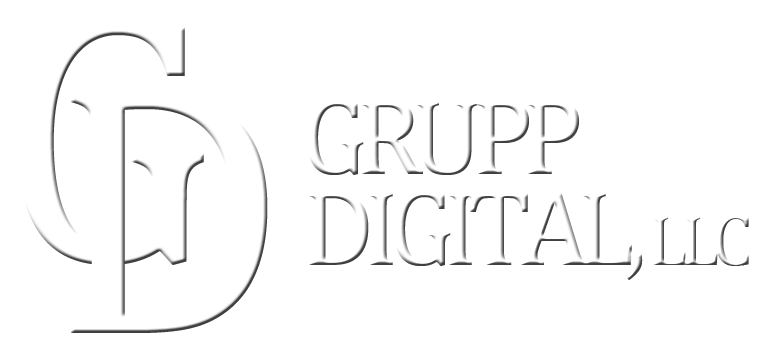What is the CIA Triangle in CyberSecurity?
The CIA triad is a widely accepted model in the cybersecurity industry that helps organizations ensure the confidentiality, integrity, and availability of their information systems and data. The acronym stands for Confidentiality, Integrity, and Availability, and each of these elements is considered to be the foundation of information security. In this blog post, we will explore each aspect of the CIA triad in detail and how they are essential to protecting your organization's information assets.
Confidentiality refers to the protection of sensitive information from unauthorized access or disclosure. This includes protecting data from both external and internal threats, such as hackers, malware, or even employees with malicious intent. Organizations must ensure that only authorized individuals have access to sensitive information, and that measures are in place to prevent unauthorized access. This includes the use of firewalls, intrusion detection systems, and access controls such as multi-factor authentication.
Integrity refers to the accuracy and completeness of information and the measures taken to protect it from unauthorized modification or destruction. This includes protecting against data breaches, malware, and other malicious activities. Organizations must ensure that the data they collect, store, and transmit is accurate, complete, and authentic. This can be achieved through the use of data encryption, digital signatures, and backup and disaster recovery plans.
Availability refers to the ability of authorized users to access information and systems when they need them. This includes protecting against DDoS attacks, malware, and other malicious activities that can disrupt the availability of information systems. Organizations must ensure that their systems are available for use at all times, and that measures are in place to quickly restore services in the event of an interruption. This includes the use of load balancers, failover systems, and disaster recovery plans.
Together, the CIA triad helps organizations ensure the overall security of their information systems and data. By addressing the confidentiality, integrity, and availability of their information assets, organizations can reduce the risk of data breaches, protect against malicious activities, and ensure the continuity of their operations.
It's important to note that the CIA triad is not a one-time process and should be constantly reviewed and updated as technology, threats, and business needs evolve. Regular security assessments, penetration testing, and incident response planning can help organizations identify vulnerabilities and implement appropriate controls to protect against them.
In addition, it's important for businesses to comply with industry-specific regulations and standards, such as HIPAA for healthcare organizations and PCI-DSS for businesses that handle credit card information. These regulations often have specific requirements related to the CIA triad, and compliance can be a requirement for doing business in certain industries.
In conclusion, the CIA triad is a fundamental model in the cybersecurity industry that helps organizations ensure the confidentiality, integrity, and availability of their information systems and data. By understanding and implementing appropriate controls to protect against threats, businesses can reduce the risk of data breaches and ensure the continuity of their operations. It's important for organizations to regularly review and update their security measures and comply with industry-specific regulations and standards.

